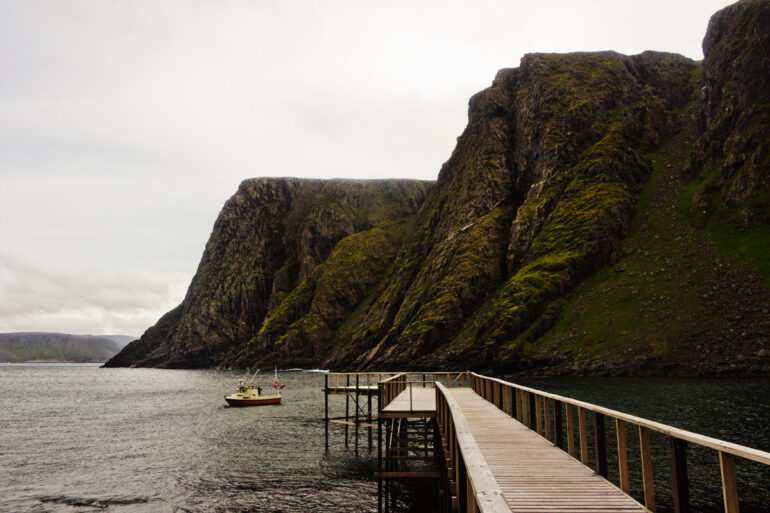We may earn a commission when you purchase through affiliate links. Learn more.
Going on a photography trip is always exciting, and it’s pretty easy to let this excitement carry you into a frenzy of gear lust and overindulgent packing. You might be tempted to upgrade camera systems and bring every lens, flash, and accessory that you own, but just like it’s important to be prepared as a travel photographer, it’s also important not to be overloaded.
When it comes to travel photography, which tends to involve lots of walking around, the name of the game is packing lightly and efficiently. It’s pretty easy to get carried away while you’re packing for a travel photography adventure, so identify your legitimate needs as a photographer on this particular trip.
What kind of photos do you want to take?
Make an honest assessment of the kind of photos you plan on taking. Do you want to shoot atmospheric close-up portraits or do you prefer shooting scenes from a distance?
Which focal lengths do you tend to use most?
Look through your past travel photography and figure out which focal lengths you use the most. Which focal lengths do you use the least? Even with a full gear bag of a dozen lenses, most photographers find themselves sticking to a few favorites most of the time.
What's the weather forecast for the destination you'll be traveling to?
Do your research on the weather of the location you’ll be visiting. Even if your trip isn’t for several months, you can access historical weather data for virtually any location and get a general idea of what the weather is typically like during the time of year you’ll be visiting.
How safe is the destination?
Even though most destinations are very safe for visitors, visiting some locations carries an element of risk. Many countries offer travel advisories for those planning a visit to foreign locations — The US Department of State Alerts and Warnings page can be found here.
Sources like WikiVoyage are also excellent user-edited resources that often list safety concerns for travelers.
Worried About Keeping your Gear Safe?
Here's a comprehensive guide to keeping your camera equipment safe while traveling!
Even if you have a dozen lenses and as many pounds of other accessories, this doesn’t mean that you need to pack everything you own. Look back at that list you made that identifies the types of shots you want to take – figure out what kind of photography gear you’d realistically need to achieve those results.
Ask yourself if you really need to bring a 24-70mm zoom, a 35mm, a 50mm, and an 85mm lens. Would you be able to capture all the shots you want with only the 24-70mm and the 50mm prime lens?
Don’t bring gear just because you have it – bring it because you truly need it.
One thing that I’ve found during my travels is that even when I do bring more gear than I need, I only end up using a small bit of it — usually just a few of my favorite lenses. The rest of the gear just adds weight and seldom gets pulled out of my bag. For a list of the limited gear I do recommend, checkout my guide to essential accessories for travel photographers.
For me, my must have lenses when traveling are usually the Canon 16-35mm f/2.8L, which is a great focal length for capturing wide angle shots of both landscapes and crowded streets. I’ll usually bring either a 50mm lens like the Canon 50mm f/1.8 or an 85mm lens like the Canon 85mm f/1.8, which are useful for closeup detail shots and portraits and can render some beautiful bokeh.
If you’re a professional photographer on assignment, you’re likely to want the freedom that an interchangeable lens camera system offers, but if you’re shooting travel photography for your own personal enjoyment, it’s worth considering bringing an advanced compact camera instead of a bulkier mirrorless or DSLR camera.
Advanced compacts like the Sony RX100 IV, Ricoh GR II, and Fujifilm X100T are not only small in size and very light, they’re also capable of capturing incredibly high quality images. Cameras like these allow serious photographers to shoot RAW photos and use completely manual exposure settings without needing to carry around a heavier interchangeable lens camera. Additionally, smaller cameras like these are especially well suited for shooting travel photography on crowded streets where they won’t draw much attention.

